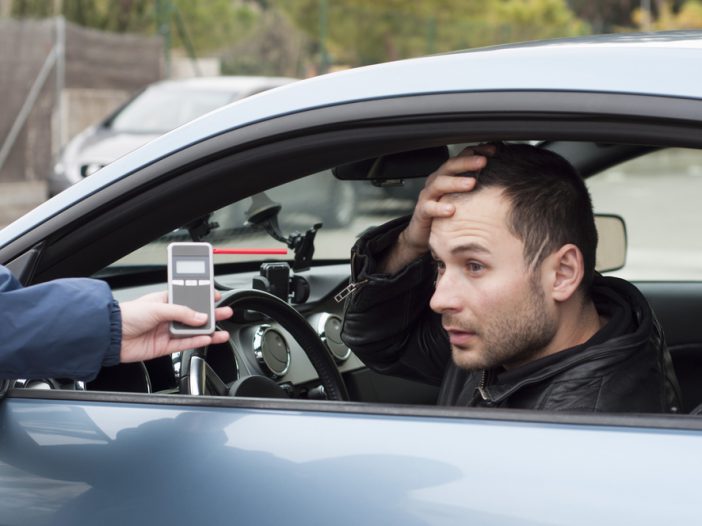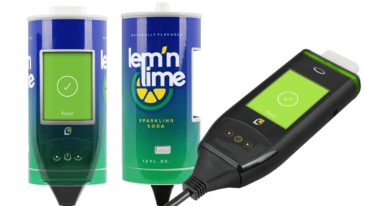
As you were taught in school, the United States is a Federal, Constitutional Republic comprised of 50 states. Although these states join together to form the country and must obey federal rules or regulations, they often operate under their own independent jurisdiction. As a result, certain states have laws or restrictions that others might not have. One case in which this is readily apparent is when we discuss DUI sentencing and all-offender ignition interlock laws.
What are all-offender laws? Find out everything you need to know about them here in our latest blog post!
All-Offender Ignition Interlock Laws
As the name implies, all-offender laws require that a driver who has been found guilty of operating a vehicle under the influence of at least .08 BAC will be mandated to install an interlock device in this vehicle. This automatic installation would be required regardless of mitigating factors such as:
- Whether it was your first time DUI or a repeat offense
- Repeat offenses necessitated longer sentencing
- Whether you blew a .08 or a .2 BAC
In 2005, New Mexico became the first state to embrace this law, making it a requirement for any convicted drunk driver to install a mandatory ignition interlock device (or car breathalyzer) in their vehicle. A 2010 study evaluating the efficacy of the New Mexico policy found the following: “The recidivism reduction effect for first-time offenders in New Mexico has now been confirmed in 2008 with more evidence. Recidivism records based on more than 5,000 first offenders now shows an effect magnitude similar to the one detailed in this report.”
A similar study conducted by Mothers Against Drunk Driving states, “Between December 2006 and December 2017, IIDs stopped 71,110 attempts to drive drunk in the state of New Mexico. Other states that have mandated all-offender laws have seen similar results.”
The MADD Push
Seeing the efficacy in the state, in 2006, MADD began a campaign pushing other states to enact similar all-offender interlock laws. They suggested that:
- Convicted drivers must have an interlock device to drive during license suspension
- Interlock device should be installed for at least 6 months
- Support law enforcement by increasing their budget to enact sobriety checkpoints
Section 1 of the MADD’s Model Ignition Interlock Law Provisions states:
If such a person has not had a prior DWI conviction or revocation, the person shall be only allowed to operate a motor vehicle if it is equipped with an approved ignition interlock device, and such person drives with the device for a minimum period of six months with a first revocation or conviction, a minimum of one year with a second revocation or conviction, and a minimum of five years with a third revocation or conviction. Such order to operate a motor vehicle only if it is equipped with an ignition interlock device shall be administered upon an
administrative hearing or upon final judgment of any appeal or review.
Their crusade has been largely successful. Today, all 50 states have at least some form of an ignition interlock law on the books. That said, the laws are disparate from state to state. Of the 50, currently, Washington D.C. and 33 states have all-offender laws enacted. These states include:
- Alabama
- Alaska
- Arizona
- Arkansas
- Colorado
- Connecticut
- Delaware
- Kansas
- Kentucky
- Hawaii
- Idaho
- Illinois
- Iowa
- Louisiana
- Maine
- Maryland
- Mississippi
- Missouri
- Nebraska
- Nevada
- New Hampshire
- New Mexico
- New York
- Oklahoma
- Oregon
- Rhode Island
- Tennessee
- Texas
- Utah
- Virginia
- Vermont
- Washington
- West Virginia
Moving Forward
In recent years, more states have mulled over joining the list and also adopting all-offender laws to cut down on drunk driving and ensure traffic safety. In early 2019, Governor Matt Bevin signed legislation that made Kentucky the 33rd state to require interlock devices after a first drunk driving offense.
Decreasing rates of drunk driving and recidivism in all-offender states show that this is good policy—interlock devices can and do save lives. So, if your state doesn’t yet have those laws in place, reach out to your congressman or senator and encourage them to do what’s right.
Sources
NHTSA. Evaluation of the New Mexico Ignition Interlock Program. (2010). https://www.nhtsa.gov/sites/nhtsa.dot.gov/files/811410.pdf
MADD. Ignition Interlock Laws: Every State, For Every Apprehended Drunk Driver. http://www.zeroduideaths.org/wp-content/uploads/2018/07/MADD-Model-IID-law.pdf
MADD. Kentucky Becomes 33rd State With All-Offender Ignition Interlock Law. (2019).
National Conference of State Legislatures. State Ignition Interlock Laws. (2018). http://www.ncsl.org/research/transportation/state-ignition-interlock-laws.aspx

